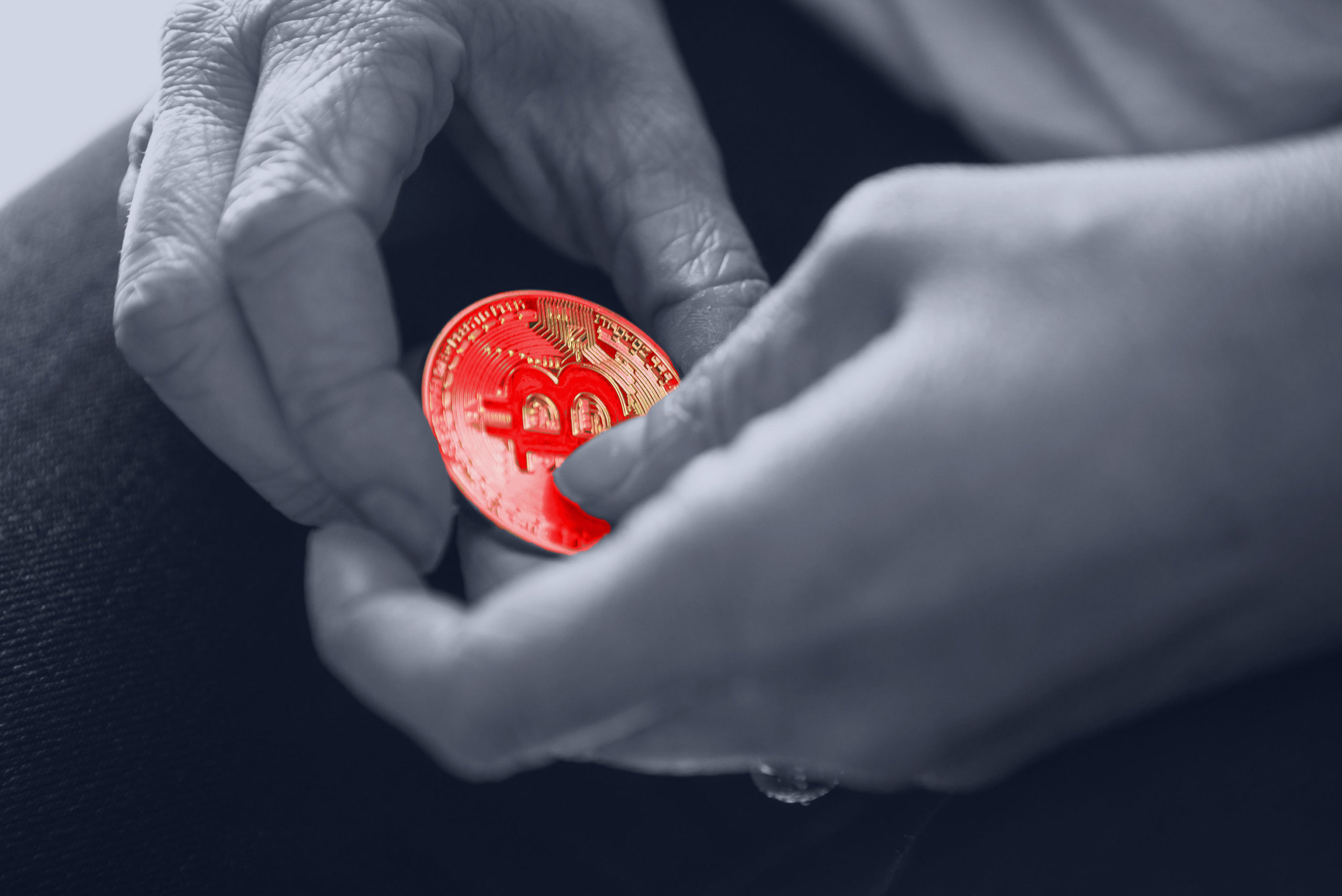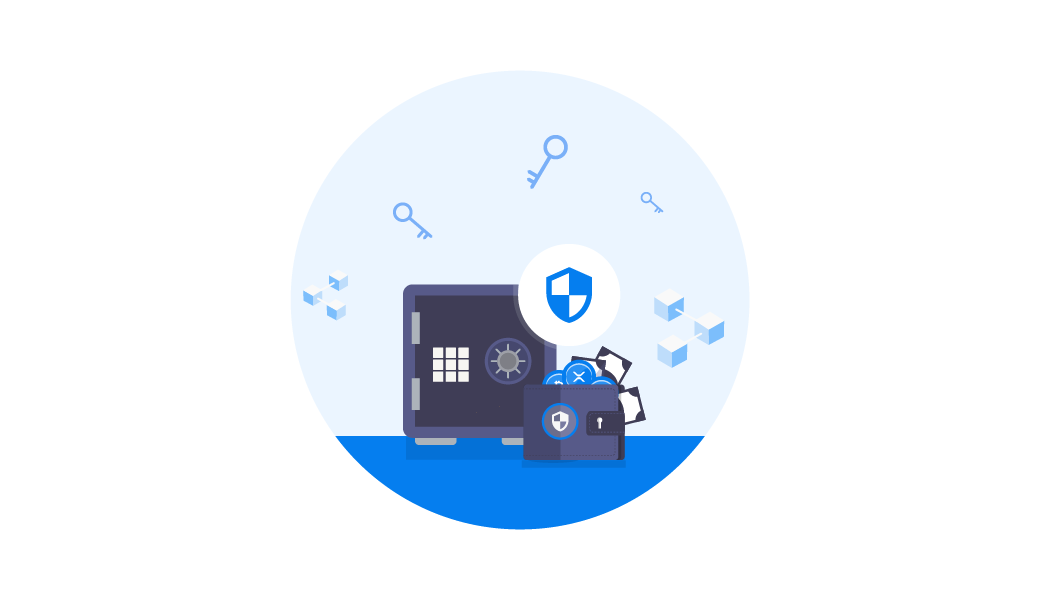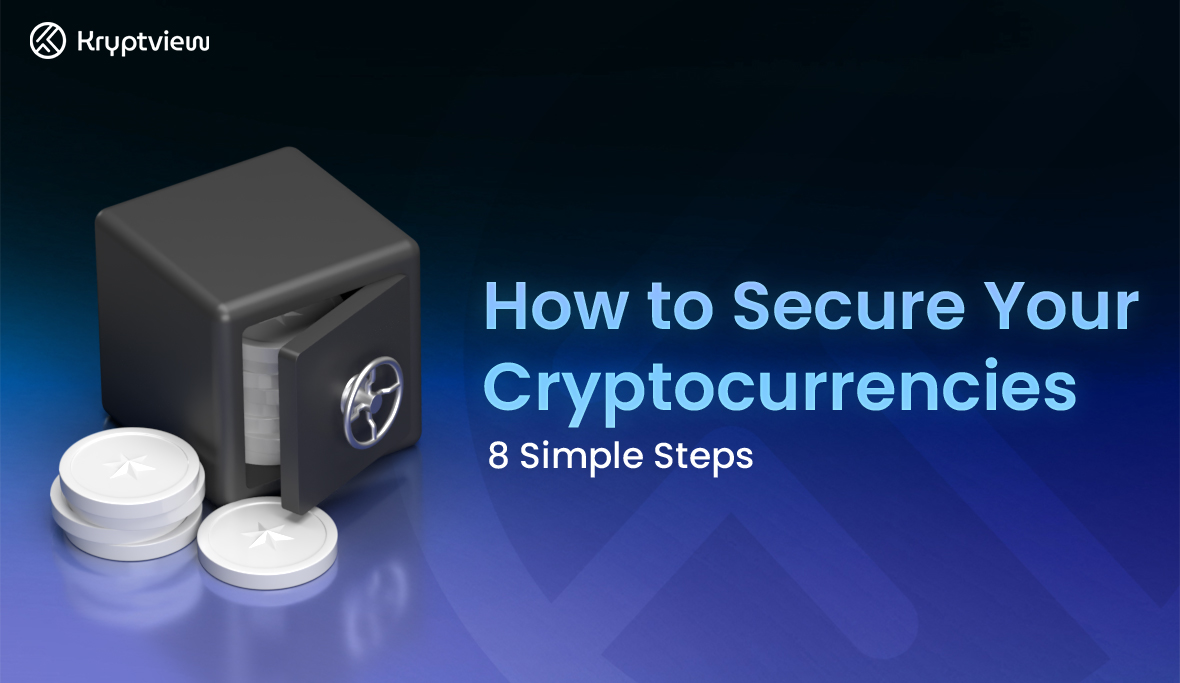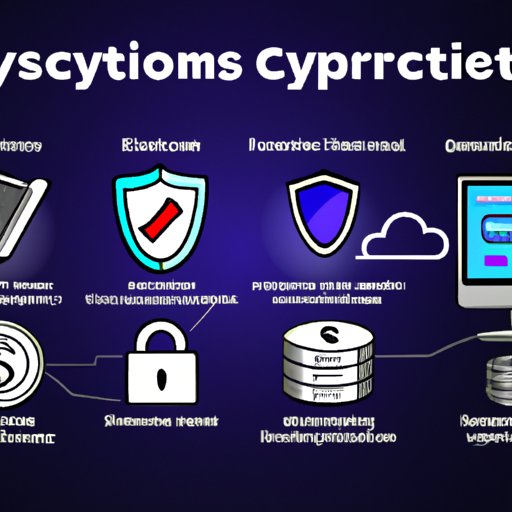Welcome back, crypto enthusiasts! In our last discussion, we dove into the essentials of digital asset security. Today, we’re taking it a step further with actionable insights to secure your crypto part 2. Ready? Let’s explore!

secure your crypto part 2
Understanding the Importance of Security
Why does securing your cryptocurrency matter? Simply put, with the rise of digital currencies comes the inevitable threat of cyberattacks. According to the Chainalysis report, the cryptocurrency market saw a staggering $14 billion lost to hacks and fraud in 2021 alone. That’s why it’s imperative to adopt robust security measures.

secure your crypto part 2
Case Study: The DAO Hack
To highlight the importance of security, let’s take a look at one of the most notorious incidents in crypto history—the DAO hack of 2016. This exploit led to a loss of $60 million in Ether due to a vulnerability in smart contract code. Not just a loss in terms of money, but it also sparked a significant debate on blockchain governance. By learning from such cases, you can enhance your own security measures.

secure your crypto part 2
Common Security Threats
When we talk about securing your crypto part 2, it’s essential to identify common threats. Here are some that you should be aware of:

secure your crypto part 2
- Phishing attacks: Fraudulent attempts to steal sensitive data.
- Ransomware: Malware that locks your files until a ransom is paid.
- Exchange hacks: Breaches on exchanges where most cryptocurrencies are stored.
Advanced Strategies for Securing Your Crypto
Using Hardware Wallets
One of the best practices when looking to secure your crypto part 2 is to use hardware wallets. Unlike software wallets that are online, hardware wallets keep your private keys offline. This significantly reduces the risk of hacking. Popular hardware wallets like Ledger and Trezor are known for their security features. They use advanced encryption protocols, ensuring that your assets remain safe even if your computer is compromised.

secure your crypto part 2
Real-Life User Experience
Consider the experience of Sarah, a crypto trader who lost a significant portion of her investments due to an exchange hack. After this incident, she switched to a hardware wallet and reports feeling increasingly secure, as her assets are no longer susceptible to online threats. This switch illustrates the tangible benefits of utilizing hardware wallets.
Implementing Two-Factor Authentication (2FA)
While using strong passwords is essential, adding an extra layer with Two-Factor Authentication (2FA) can provide enhanced security. 2FA requires you to verify your identity through a second device, such as your smartphone, when logging in. Apps like Google Authenticator or Authy can be a great addition. Statistics show that accounts using 2FA are 99.9% less likely to be hacked, making it a simple yet effective method to secure your crypto part 2.
Market Trends in Cryptocurrency Security
The Rise of Decentralized Finance (DeFi)
DeFi has revolutionized the financial landscape, allowing users to lend, borrow, and earn through decentralized applications. However, with innovation comes risk. A study from CoinDesk reported that DeFi protocols were subject to growing security threats, with $1.3 billion lost in scams in 2021. As users flock to DeFi, understanding secure practices is vital:
Case Study: The Poly Network Hack
The Poly Network hack of 2021, where hackers stole over $600 million, showcases the risks in the DeFi space. However, in a surprising twist, the hacker returned most of the funds, highlighting a gray area between crime and ethical hacking. This incident serves as a learning point about the need for stronger security measures within the DeFi space.
Emerging Technologies in Cybersecurity
As the landscape of cryptocurrency continues to evolve, innovative solutions for security are emerging. Artificial Intelligence (AI) technologies are being integrated into cybersecurity systems to predict and mitigate threats effectively. Additionally, blockchain-based security measures are providing new frameworks for ensuring data integrity and protection. By staying informed about these trends, you can better secure your crypto part 2.
Practical Steps to Enhance Your Crypto Security
Regular Software Updates
Keeping your software up to date is crucial for security. Whether it’s your operating system, mobile apps, or cryptocurrency wallet, updates often include patches for security vulnerabilities. A failure to update could expose your assets to easily exploitable weaknesses.
User Feedback and Importance
A survey conducted by Statista found that over 60% of security breaches result from outdated software. Regular updates are as simple as a click, yet they can be the difference between secure and vulnerable. In deploying these updates, you’re taking a proactive approach to secure your crypto part 2.
Educating Yourself About Cryptocurrency Scams
Education is a powerful tool in the fight against fraud. Familiarize yourself with common scams, such as Ponzi schemes, fake airdrops, and “too good to be true” investment opportunities. Knowledge is your best defense. Additionally, consider joining online communities where members share experiences and warnings about recent scams. Being proactive can be a key strategy in ensuring you secure your crypto part 2.
Visualizing Your Security Landscape
Conclusion: Taking Charge of Your Crypto Security
As we wrap up this second part on how to secure your crypto part 2, remember that security is not a one-time action—it’s a continuous process. By staying informed, updating your practices, and using trusted technologies, you’ll be well on your way to protecting your digital assets.
What’s Next?
Continue to explore the evolving landscape of cryptocurrency security. Participate in community forums, attend workshops, or even delve into advanced security features on your crypto platforms. The world of digital assets is vast and ever-changing, and being proactive is the key to protecting your investments.


